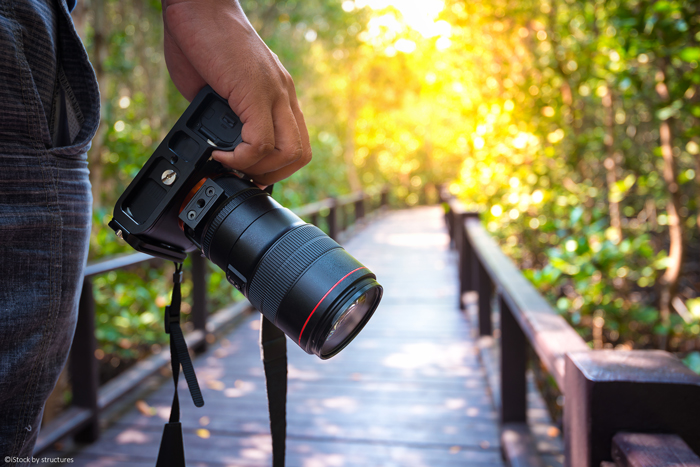News blog - artistravel international
Part 1: Which objective for what purpose? Wide angle lenses!
There is a lot more to a good picture than "just" a camera and a good eye for the right subject! For example, the lens! Not every lens is equally suitable for the same application. Depending on the area in which you want to photograph, the light or how the image effect should be designed, you use different lenses, which are e.g. vary in the focal length, the light intensity or the magnification. We have collected facts about four different lenses for you: The wide-angle lens, the normal lens, the telephoto lens and the macro lens.
Today we deal with the wide-angle lens:
To get started: What are wide-angle lenses?
Wide-angle lenses are all lenses with a very short focal length. All lenses with an approximate focal length of about 10mm to about 35mm fall into this category. These include both fixed ("fixed focal lengths") and variable focal lengths ("zoom lenses"). The field of view of most WW lenses is larger than that of the human eye. This means that wide-angle lenses are able to compress so much space in one photo that the desired image section can be much larger compared to using a normal lens.
Applications of wide-angle lenses
Wide-angle lenses are very popular. Especially in contexts, where as much space as possible should come into the picture, for example in architectural photography. For the presentation of opulent buildings, short focal lengths are needed for adequate staging. However, when scanning indoors, wide-angle lenses are not less attractive - here they offer with their longer focal lengths the possibility of gaining a wider distance between you and the motiv. Many photographers dedicated to landscape photography also have at least one wide-angle lens in their equipment. Although some landscape photos with longer focal lengths are always stunning, it is usually those images of vast, vast and dramatic landscapes that fascinate us. Such pictures only arise when using wide-angle lenses. These photos work particularly well in combination with a good foreground, in order to be able to transport size ratios even better into the picture.
Wide-angle lenses with very short focal lengths (about 10-28mm) can be used for special effects because they usually transport a lot of drama, width, opulence and proportions in the final image. These dramatic effects decrease as the focal length becomes longer. From 30-40mm you are already close to the range of the normal focal length - even you still get a lot on the picture. Here, e.g. 35mm fixed focal lengths have already been successfully used in the field of classic portrait photography. Wide open apertures and short distances to the subject create a sense of familiarity and closeness to the model.
In our next blog entry we will continue with the normal lens.
Posted in Creativity, Photography on Sep 04, 2018


